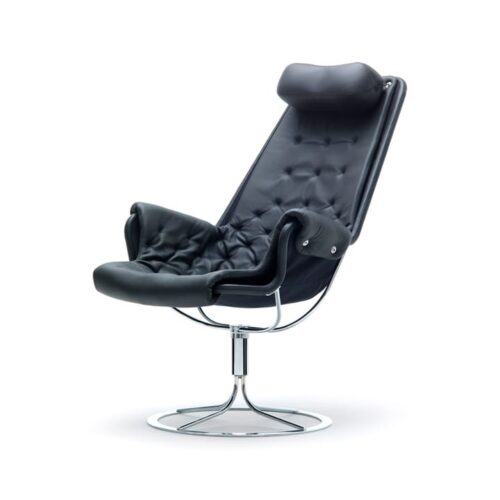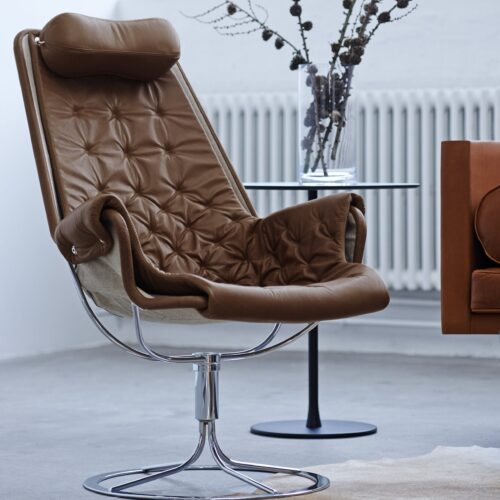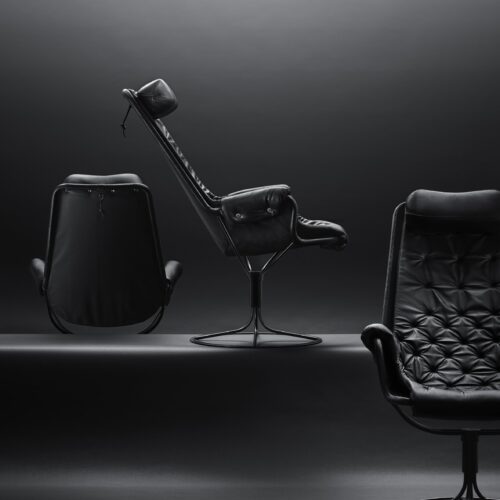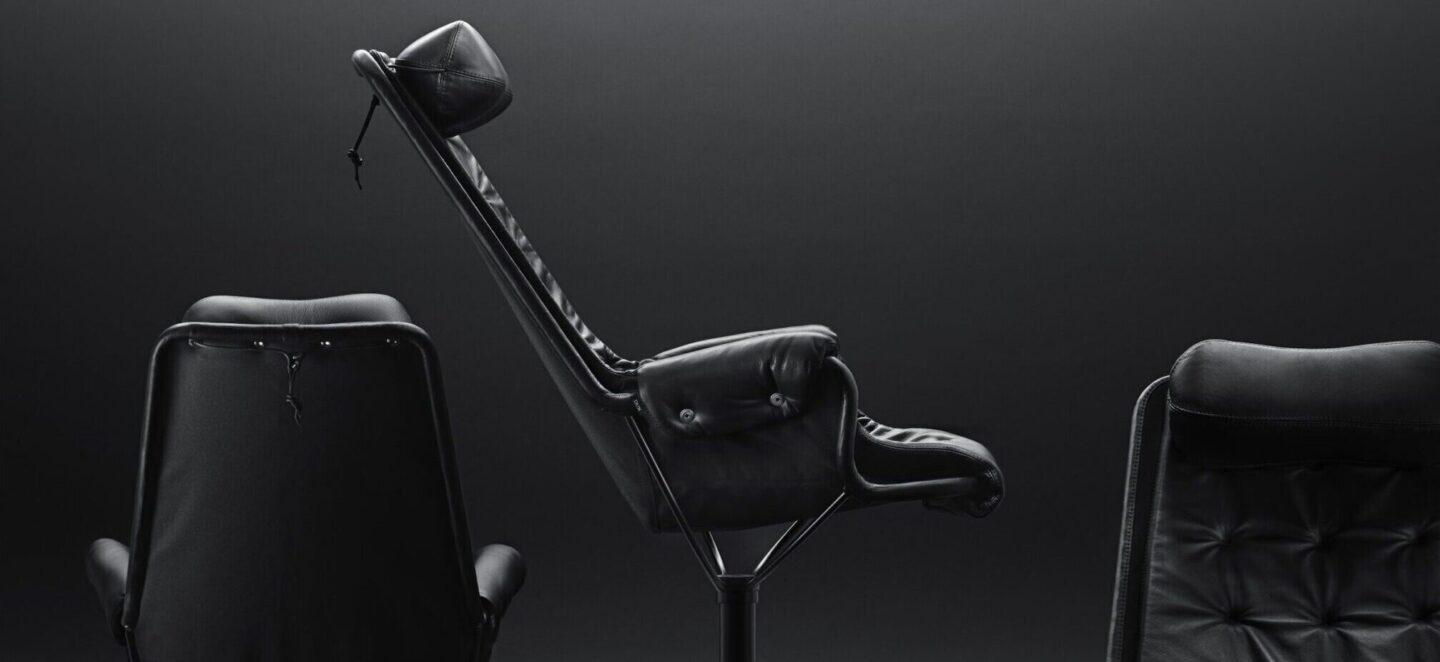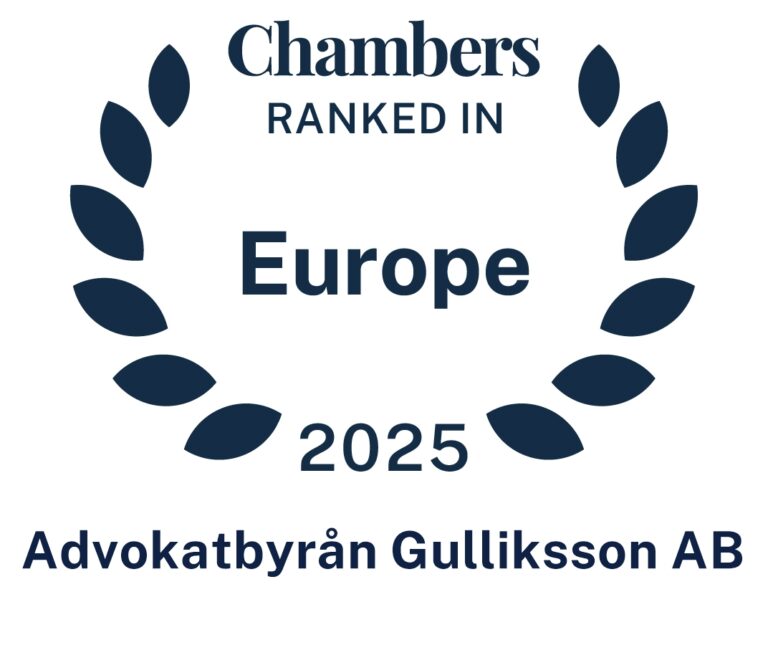Advokatbyrån Gulliksson has successfully represented Dux Design Aktiebolag (“Dux”) in a dispute concerning the plagiarism of cushions for the design classic Jetson that has attracted much media attention.
The Patent and Market Court (“PMC”) has in a recent judgment (case no. PMT 16530-21) judged that the armchair cushion for the Jetson chair is itself protected by copyright as a work of applied art. The background to the dispute is that for several years, a company in Stockholm, without permission from Dux, has manufactured and sold copies of the Jetson armchair cushion in stores and over the internet. Dux therefore brought an action for copyright infringement and claimed, among other things, that the entrepreneur be prohibited under penalty of a fine from manufacturing, marketing and selling Jetson armchair cushions.
The iconic swivel chair Jetson, which was designed by legendary furniture maker Bruno Mathsson, is a Swedish design classic. However, the issue in the case was whether the armchair cushion itself was protected by copyright. The PMC judged this to be the case, as Dux succeeded in proving that Bruno Mathsson made such free and creative choices during the design process that the cushion reflected his personality and that the cushion was clearly different from previously published works. The PMC also assessed that the Jetson armchair cushion has a relatively extensive scope of protection that extends clearly outside the area of direct imitations (copies). The PMC also determined that the infringing products in question in the case constituted direct imitations of the original work and therefore infringed Dux’s copyright.
It is actually nothing new that a part of a work can enjoy copyright protection as long as the part is original. However, the judgment is interesting in relation to applied art, which can come into question not only for furniture but also for example cars, watches and clothing. The judgment sends a clear signal that original pieces of applied art are also worthy of protection and is really encouraging for innovative designers, comments Emil Ekdahl Norling.
The judgment is a reminder to the market that ambitious and creative design efforts that lie behind the furniture that adorns our homes and offices may not be copied during the duration of the protection period, and that there are effective ways to stop plagiarism sales if you as a designer or rights holder would be affected by it.
When it comes to repairing and refurbishing older furniture, there is always a trade-off between environmental awareness and reuse, and protection for the design and the creations of our creators. It is sometimes a difficult consideration, but in the case of Jetson it is clear. You shouldn’t be able to cash in on someone else’s design and solid work and then call it “renovation” or “furniture upholstering”, when the products can easily be ordered on the Internet without any actual renovation of a piece of furniture having taken place, says Cecilia Tholse Rogmark as a comment why this particular case was a fair success for Dux Design AB.
Gulliksson’s team consisted of Attorneys Cecilia Tholse Rogmark and Emil Ekdahl Norling and Associate Erik Pilhage.
